Laser Shock Peening: Applications, Benefits, and Limitations
In this article, we will explore laser shock peening, its applications, benefits, limitations, and future prospects.
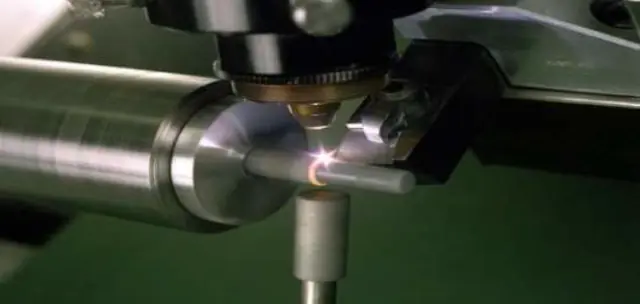
In this article, we will explore laser shock peening, its applications, benefits, limitations, and future prospects.
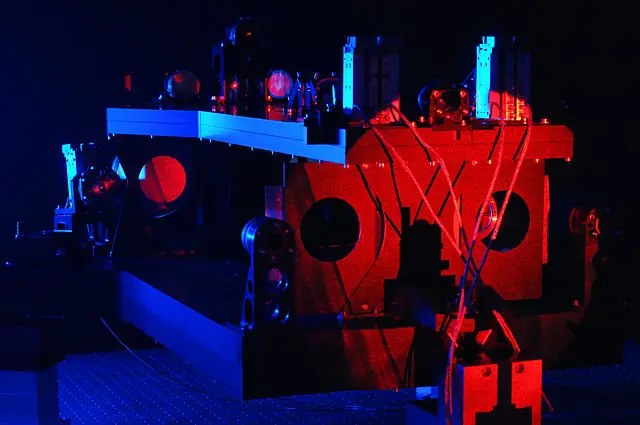
What does the technique of interferometry allow? Since its inception in the late 19th century, interferometry has been revolutionizing various fields of science and engineering.
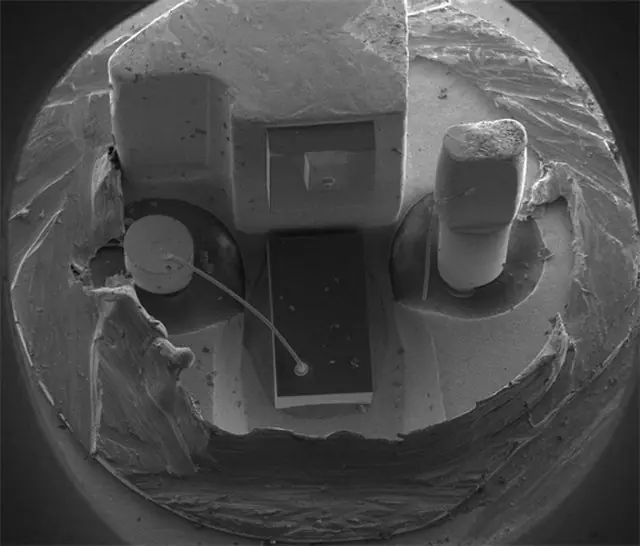
Lasers and light-emitting diodes (LEDs) are two technologies that have revolutionized the way we communicate, create, and live our daily lives.
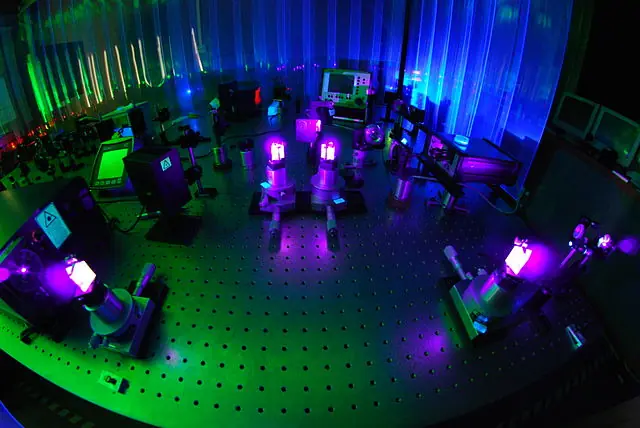
A femtosecond laser is a type of laser that generates extremely short pulses of light, with a duration measured in femtoseconds (1 femtosecond is equal to 10^-15 seconds).
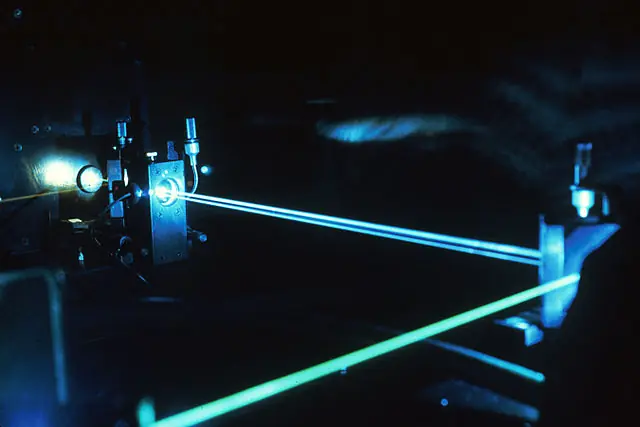
Argon-ion lasers are a type of gas laser that uses an argon plasma to produce light. The first argon-ion laser was built in 1964 by William Bridges at the Hughes Research Laboratories.
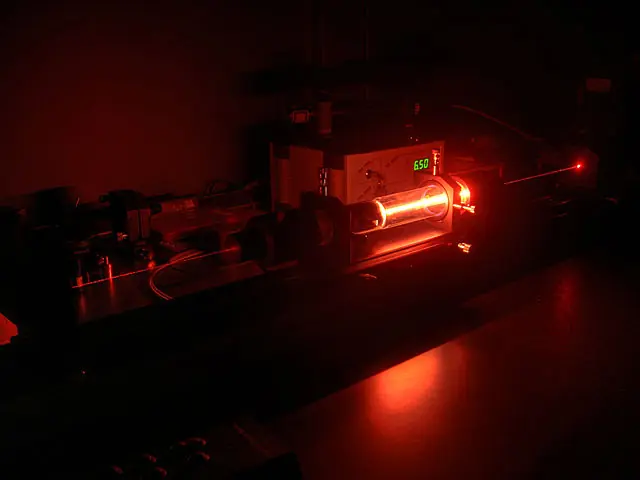
A helium–neon laser is a gas laser using helium and neon as the active medium. The output of a helium–neon laser is a coherent beam of visible light with a wavelength of 632.8 nm, which is in the red region of the visible spectrum.
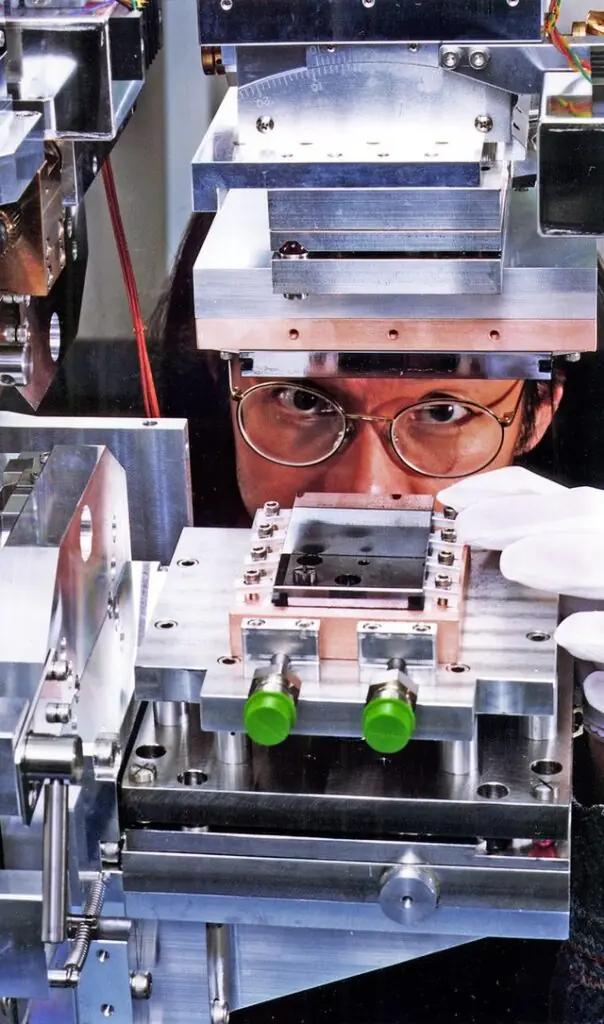
A monochromator is a device used to select and isolate a single wavelength of light from a broader spectrum.
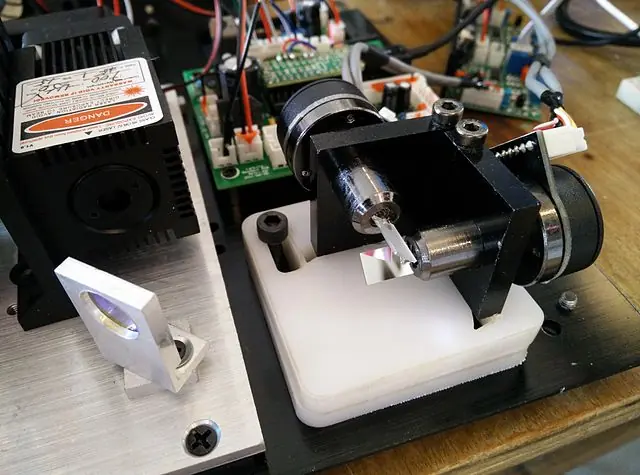
In this article, we will explore the different types of laser beam steering techniques and their applications.
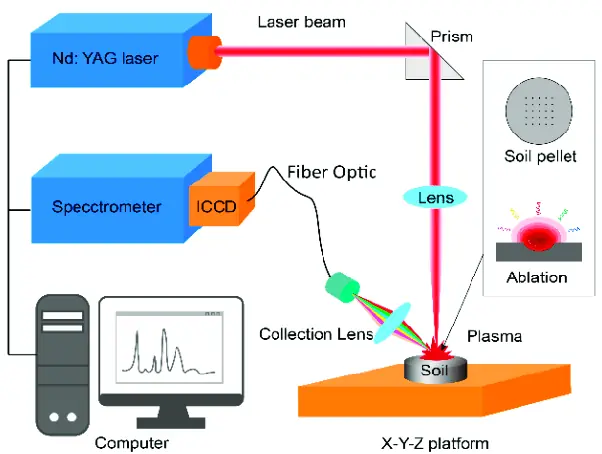
Laser-induced breakdown spectroscopy (LIBS) is a powerful analytical technique that has gained popularity in recent years for its ability to provide rapid and non-destructive analysis of a wide range of materials.
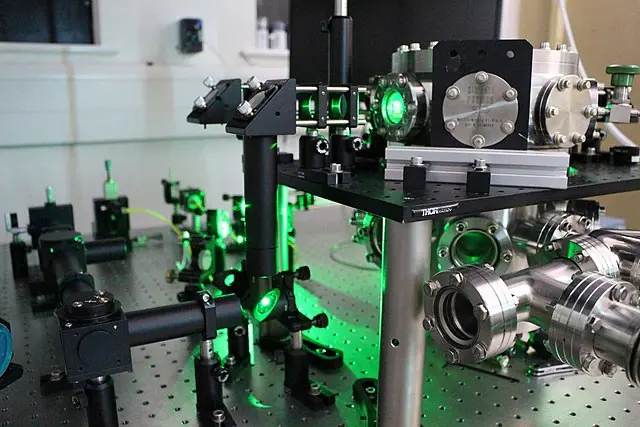
Optical tweezers, also known as laser tweezers, are a type of scientific instrument used to manipulate and study small objects, typically in the range of micrometers to nanometers.
End of content
End of content